Keep Austin Weird” has long been the catchphrase for the Texas capital that has transformed from a quirky college town with a vibrant music scene to a metropolis booming from an influx of techies and hipsters.
Now, it might be “Keep Austin Affordable.”
Austin has gone from a population of 675,000 to approximately 1,000,000 in the past 20 years. This year, between April and October, it experienced the largest growth by ratio (incoming vs. outgoing) of any city, according to LinkedIn. That sent rent rates and property values skyrocketing to make the affordability as unfamiliar to Austinites as the bougie shopping and new nightlife.
“Austin is a startup city,” venture capital firm Atomic’s general partner, J.D. Ross, told the Wall Street Journal after moving to Austin from San Francisco last month. “Everything is growing quickly. The airport is adding new gates every year.”
The lure of no state income tax, good weather and cool vibes have been bringing software companies and venture capital firms to Austin—and now quarantining—as well as New Yorkers and Californians looking for a lower cost of living. Only Washington D.C. has more new apartments per 1,000 residents than Austin, according to Moody’s Analytics REIS.
Oracle is relocating its headquarters there. An Apple campus and a Tesla factory are under construction.
“It’s progressive socially and a really entrepreneurial, innovative, creative, welcoming place,” Austin Mayor Steve Adler told the Journal. “A place that’s risk-tolerant, where it’s OK to be different.”
The people are changing with the times. With pre-pandemic traffic congestion becoming stifling, the city passed a $7.1 billion transit bill after residents voted down similar initiatives in 2000 and 2014.
Austin remains a Texas city in one way. After all, everything is bigger in Texas.

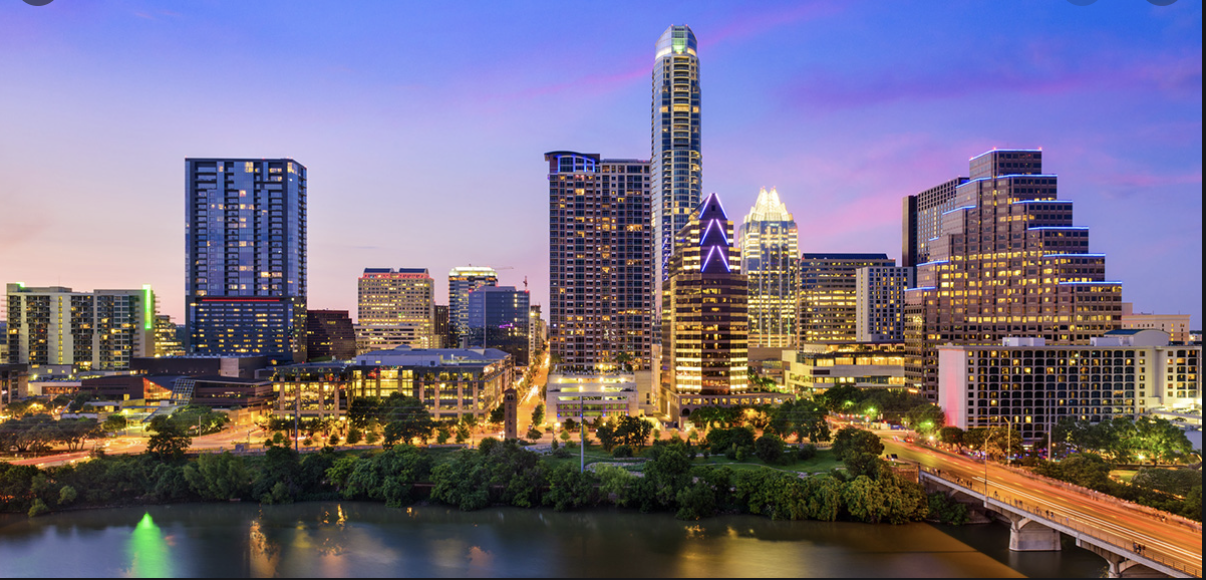

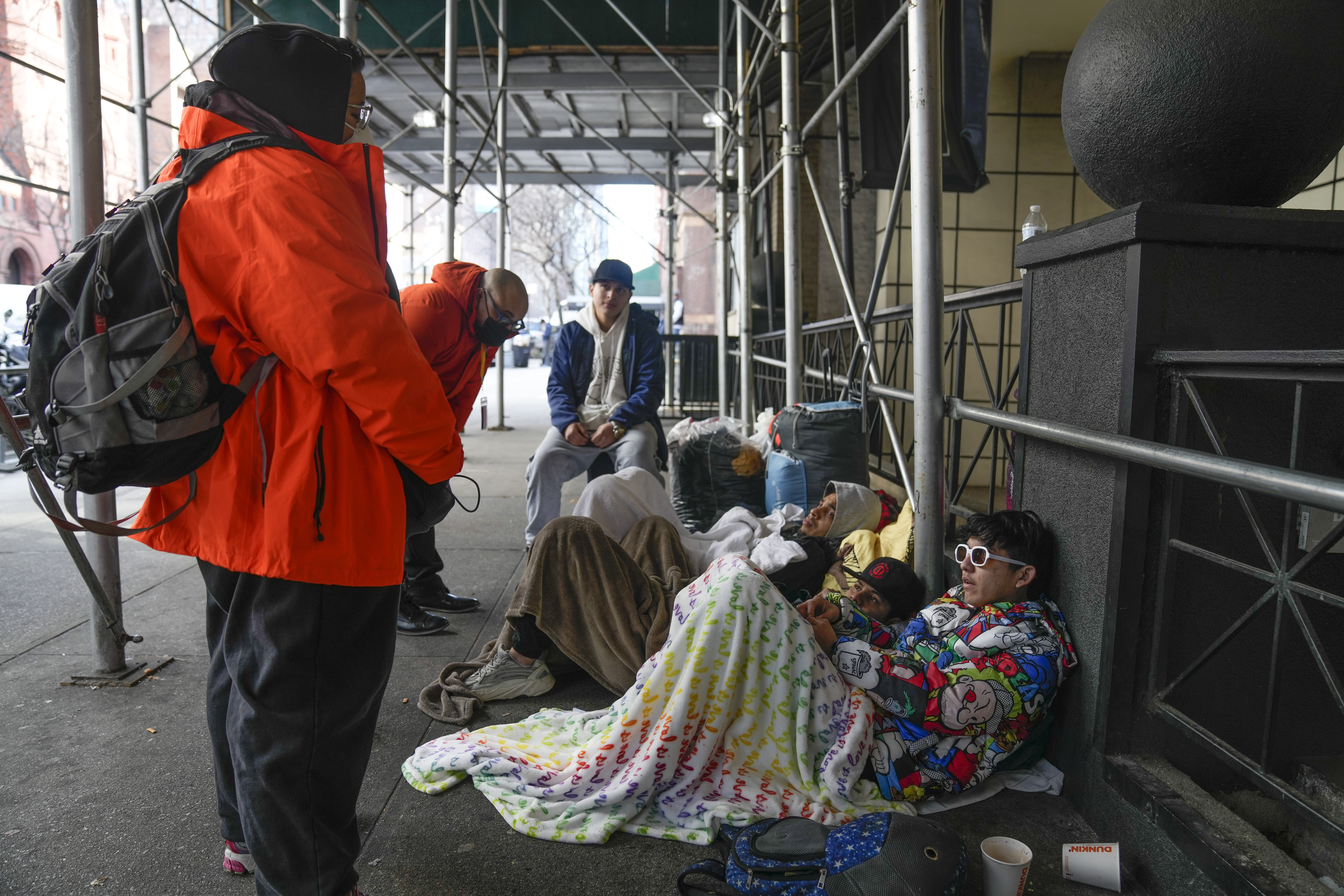
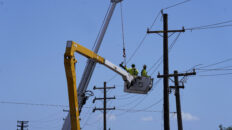


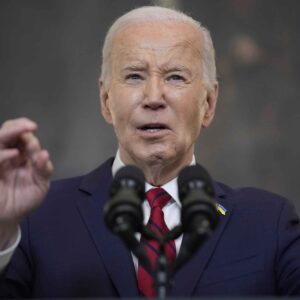

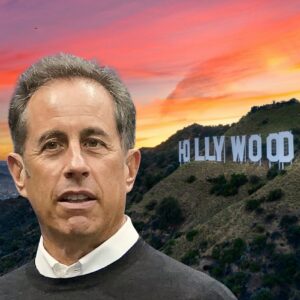
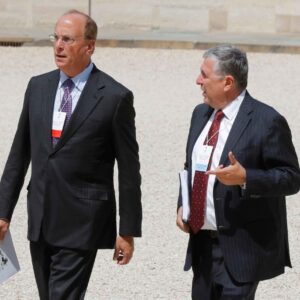







Add comment